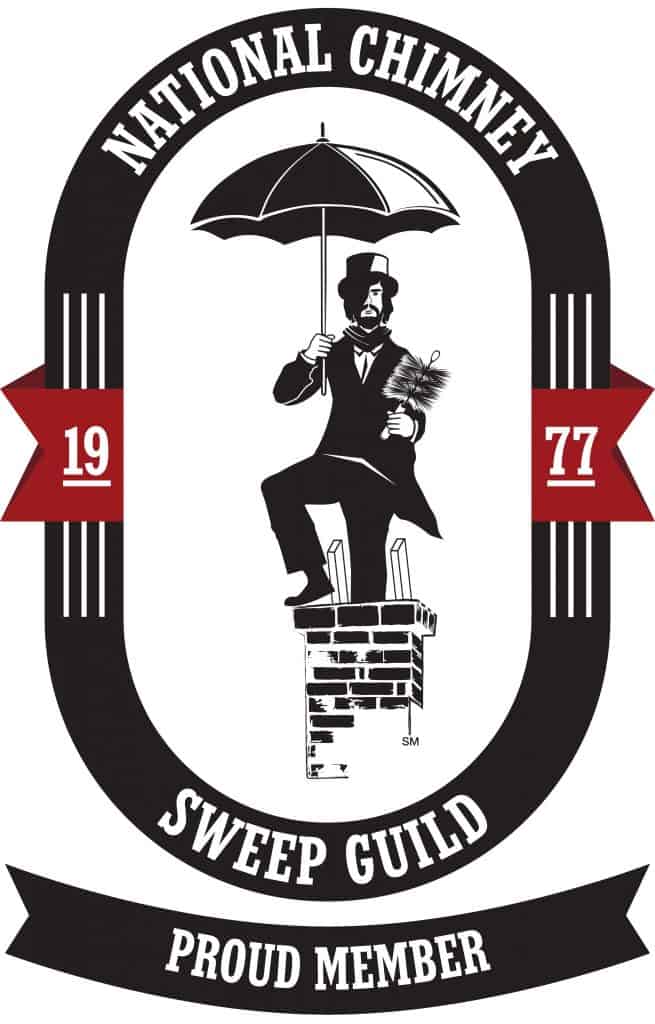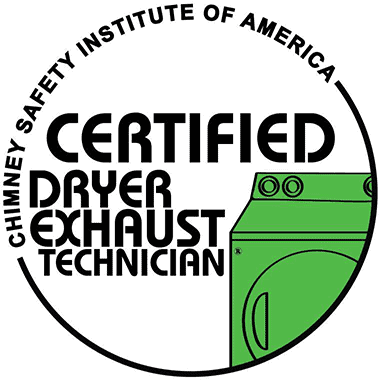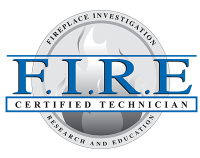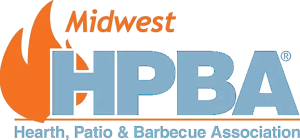Maintaining the integrity of your home involves more than just regular upkeep and repairs. One crucial component often overlooked is chimney flashing. This essential element plays a vital role in protecting your home from water damage. In this article, we’ll explore the importance of chimney flashing, how it works, and why regular chimney inspections and maintenance are crucial.
What Is Chimney Flashing?
Chimney flashing is a series of metal strips installed where the chimney meets the roof. Its primary purpose is to create a watertight seal that prevents rainwater and melting snow from seeping into the home. Typically made from materials like aluminum, copper, or steel, chimney flashing is designed to withstand the elements and maintain its protective function over time.|
The Importance of Chimney Flashing
- Preventing Water Damage: The primary function of chimney flashing is to prevent water from penetrating the joint between the chimney and roof. Without proper flashing, water can enter the home, leading to damage in the attic and walls, mold growth, and deterioration of the roof structure.
- Protecting Structural Integrity: Over time, unchecked water intrusion can weaken the structure of your home. Chimney flashing helps safeguard your roof and chimney from damage, preserving the structural integrity of your home and avoiding costly repairs.
- Enhancing Longevity of Roofing Materials: Proper chimney flashing reduces the likelihood of water damage to roofing materials. By preventing leaks, it extends the lifespan of your roof and reduces the need for frequent replacements.
How Chimney Flashing Works
Chimney flashing consists of several layers, each serving a specific purpose:
- Step Flashing: Installed along the sides of the chimney, step flashing ensures that water running down the roof is directed away from the chimney. Each piece of step flashing overlaps the previous one, creating a barrier against water intrusion.
- Counter Flashing: This component is installed into the chimney’s masonry and overlaps the step flashing. It acts as an additional layer of protection, sealing the joint between the chimney and the roof.
- Base Flashing: This layer is installed where the chimney meets the roof, creating a base for the step and counter flashing. It helps direct water away from the joint and prevents it from seeping underneath.
- Cap Flashing: Also known as saddle flashing, this is installed on top of the chimney to direct water away from the sides and prevent it from pooling around the base.
Signs of Damaged Chimney Flashing
Regular chimney inspections are essential for identifying issues with your chimney flashing. Here are some signs that your flashing may be damaged or compromised:
- Water Stains on the Ceiling or Walls: If you notice water stains or discoloration on your ceiling or walls near the chimney, it could be a sign of a leak caused by faulty flashing.
- Rust or Corrosion: Metal flashing that appears rusted or corroded may indicate that it is no longer functioning effectively. This can lead to leaks and water damage.
- Cracked or Missing Flashing: Physical damage to the flashing, such as cracks or missing pieces, can allow water to penetrate the chimney and roof.
- Mold or Mildew Growth: Mold or mildew growth in areas near the chimney can be a sign of moisture intrusion, often related to damaged flashing.
The Role of Chimney Inspections in Maintaining Chimney Flashing
Regular chimney inspections are crucial for ensuring that your chimney flashing remains in good condition. During a chimney inspection, a professional chimney sweep will:
- Examine the Flashing: The chimney sweep will check the condition of the flashing, looking for signs of damage, wear, or deterioration.
- Assess the Chimney Structure: The inspection includes assessing the overall condition of the chimney structure, including the masonry and other components, to ensure there are no additional issues that could affect the flashing.
- Perform Necessary Repairs: If any issues with the chimney flashing are identified, the chimney sweep can perform necessary repairs or replacements to restore its effectiveness.
The Benefits of Professional Chimney Sweep Services
Hiring a professional chimney sweep for inspections and maintenance offers several advantages:
- Expertise and Experience: Professional chimney sweeps have the knowledge and experience to accurately assess the condition of your chimney flashing and address any issues effectively.
- Thorough Inspections: A professional inspection goes beyond a visual check, using specialized tools and techniques to identify hidden problems that may not be visible to the untrained eye.
- Preventative Maintenance: Regular inspections and maintenance by a professional can help prevent minor issues from developing into major problems, saving you money on costly repairs and ensuring the longevity of your chimney and roof.
Top Kansas City Chimney Sweep Services for Effective Chimney Flashing
Chimney flashing is a critical component in protecting your home from water damage. By understanding its importance and ensuring regular inspections and maintenance, you can safeguard your home from leaks and structural damage. At Chimney Restoration of Kansas City, we specialize in chimney inspections, chimney flashing maintenance, and comprehensive chimney sweep services. Our team of experts is dedicated to keeping your chimney in top condition and ensuring that your home remains safe and dry. If you suspect issues with your chimney flashing or need a thorough inspection, don’t hesitate to reach out to us. We’re here to provide reliable solutions and ensure your fireplace functions efficiently for years to come.











